Explanation
Surrounded by Gyeongbokgung Palace, Changdeokgung Palace and Jongmyo Shrine, Bukchon Hanok Village is home to hundreds of traditional houses, called hanok, that date back to the Joseon dynasty. The name Bukchon, which literally translates to "northern village," came about as the neighborhood lies north of two significant Seoul landmarks, Cheonggyecheon Stream and Jongno. Today, many of these hanoks operate as cultural centers, guesthouses, restaurants and tea houses, providing visitors with an opportunity to experience, learn and immerse themselves in traditional Korean culture. As Bukchon Hanok Village is an actual neighborhood with people's homes, visitors are advised to be respectful at all times while looking around.
Homepage
hanok.seoul.go.kr (Korean, English, Japanese, Chinese)
Information Use
Contact and Information : +82-2-2148-4161
Parking facilities : Not available
Day off : N/A (Open all year round)
Hours : 10:00-17:00
* Applies to road along Bukchon-ro 11-gil
More information
Tour Course Information
Walking Tour Course (3 hours 30 minutes)
Anguk Station → Bukchon Culture Center → Gahoe-dong 11beonji → Hansangsu Embroidery Workshop
→ Gahoe Folk Drawing Shop → Bukchon Museum 'Old Fragrance' → Anguk-dong house of Yun Boseonga → Anguk Station
* Reservation: Online at dobo.visitseoul.net (Korean, English, Japanese, Chinese).
Please book at least 3 days before the desired tour day.
* Reservation's confirmation: via text message or official website.
* Language services offered in Korean, English, Japanese, and Chinese.
* Inquiries: +82-2-6922-0777
Admission Fees
Free
Location
37 Gyedong-gil, Jongno-gu, Seoul
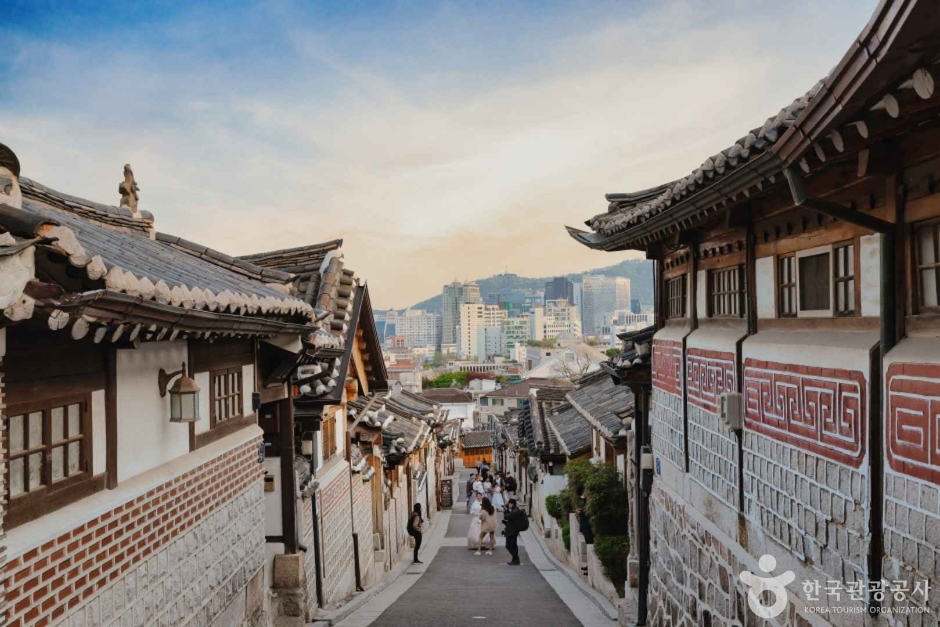










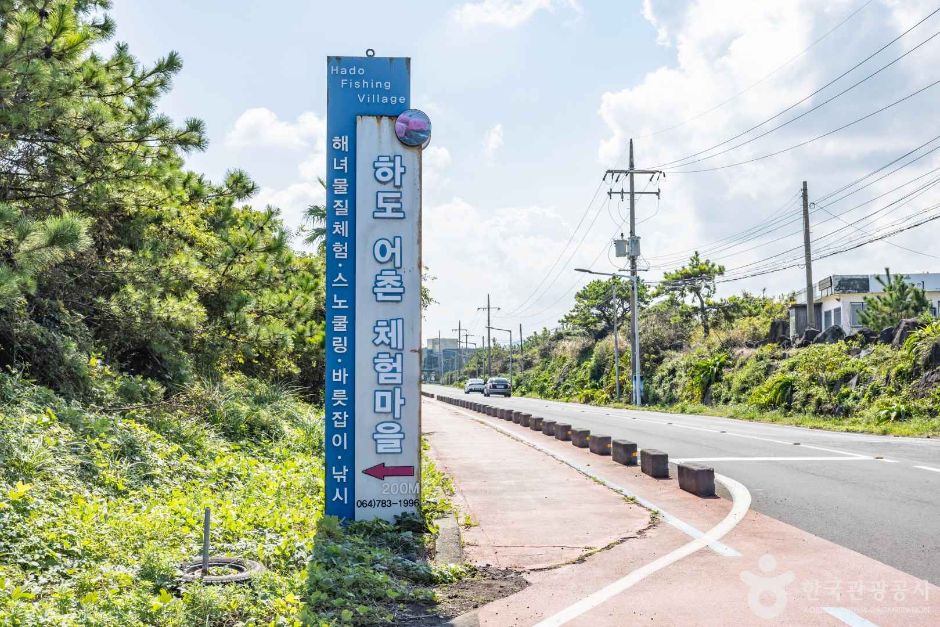
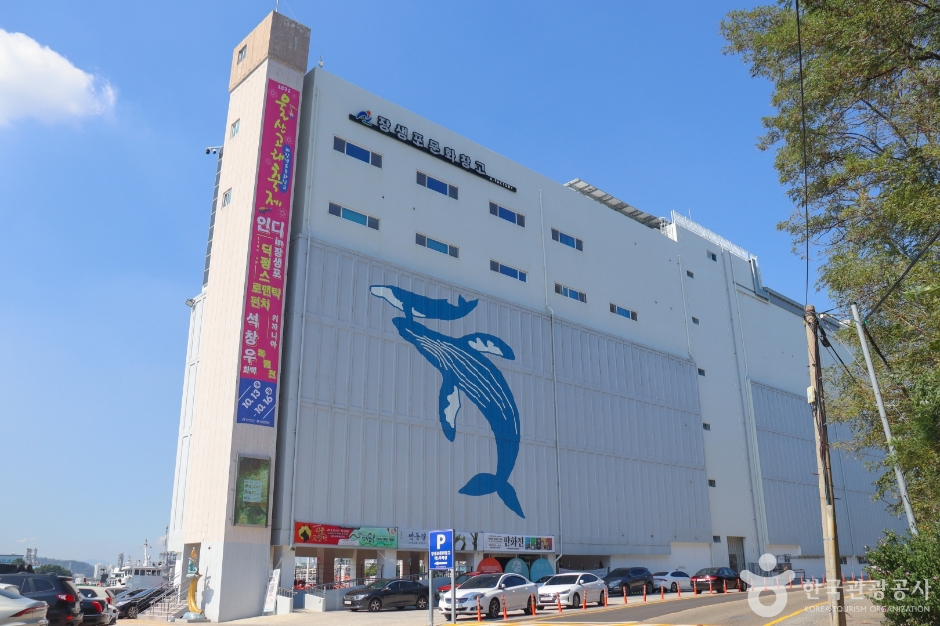
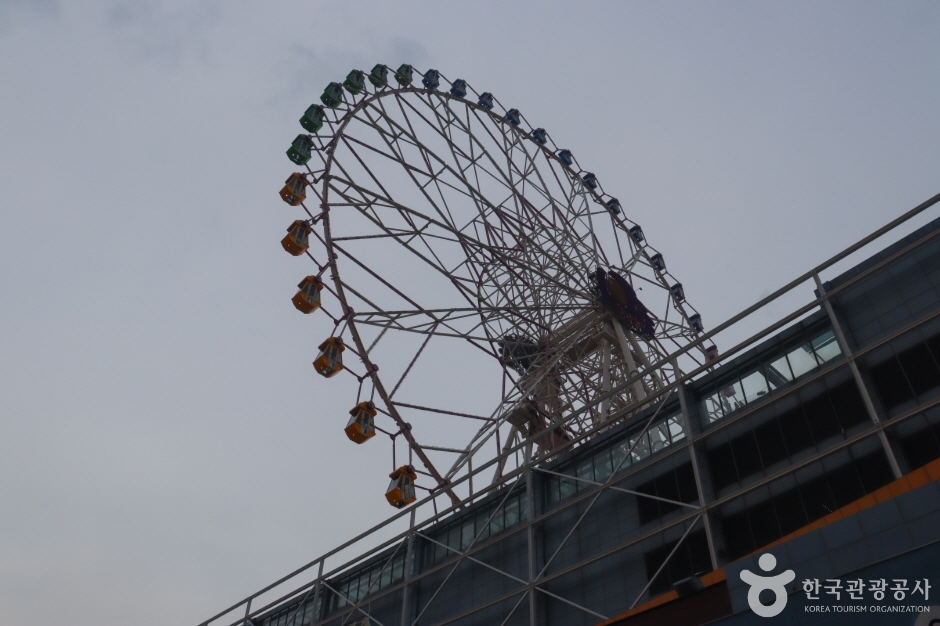
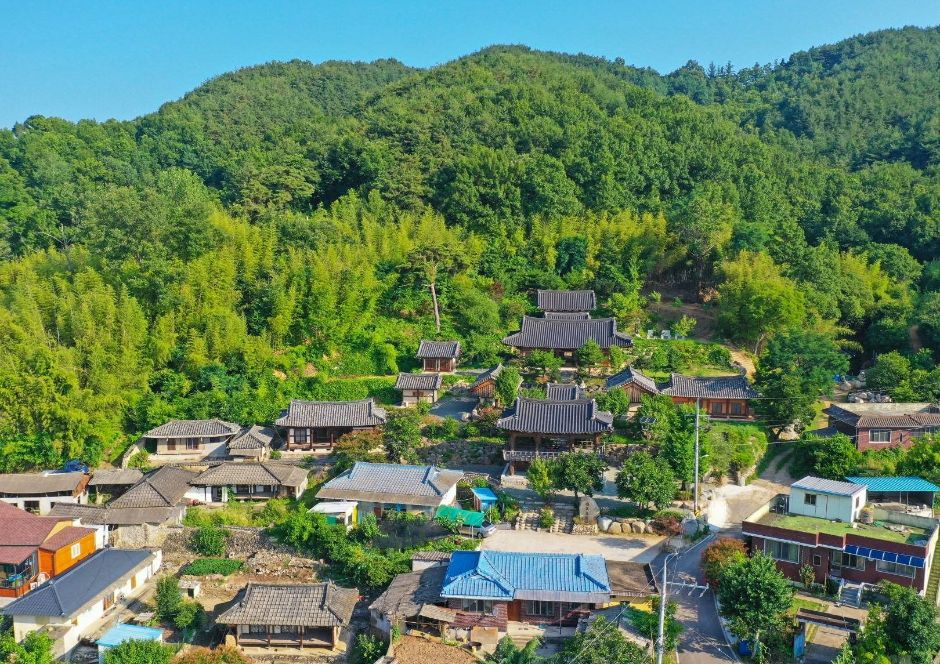

 English
English
 한국어
한국어 日本語
日本語 中文(简体)
中文(简体) Deutsch
Deutsch Français
Français Español
Español Русский
Русский